Challenge
Being able to anticipate the likely actions of suppliers in response to a decision or request made by procurement can serve as a critical edge when carrying out negotiations. With that in mind, a major telecoms provider, with a complex supply chain serving its operations in more than 20 markets, wanted to make better use of scenario planning as part of its tenders.
To operate efficiently, many of the company’s sourcing events span several of those markets and multiple vendors – especially for products and services used to build and maintain its network of transmission masts. These tenders tend to have a lot of variable factors that its category managers need to consider when making a decision on which supplier or suppliers to award a contract to – including lead times, prices, legal implications, logistics and delivery times.
When approaching these kinds of decisions, the company’s sourcing and supply chain division has in the past used a conventional method of scenario planning optimisation to determine what combination of variables would lead to the best possible outcome. This was conducted manually, using complex Excel spreadsheets that had to be reformulated every time a new tender was carried out.
While this yielded some benefits, the process was far from optimal for the following reasons:
- Manual and time consuming: Category managers had to spend hours at a time conducting calculations and adjusting the model manually every time new information came to light
- Local optimisation: As the potential variables that were tested had to be entered manually, the range of different scenarios that could be analysed was limited to those that were deemed most obvious by the human doing the analysis – leaving potentially hundreds of possibilities overlooked.
- Non-agile process: Every time a new sourcing event was carried out, a whole new spreadsheet had to be created with fresh parameters.
- No audit trail: The spreadsheets did not provide detailed insights into the optimization process, starting from the large number of possibilities and narrowing it down by following a fact-based approach. The supply chain division’s operational excellence team, which is focused on finding ways to help the division make better decisions based on facts, data and analytics rather than human judgment, saw the opportunity to transform this process.
As part of the function’s broader digital transformation, the team decided to create an AI-powered tool capable of independently analysing millions of potential scenarios to help category managers optimise their decision-making.
Approach
How the scenario planning tool is used in a sourcing event
The tool is designed to be used for particularly complex sourcing events for multi-billion dollar tenders with multiple variables, such as those that will be fulfilled by more than one supplier, in several geographies and/or over a long period of time, rather than simple one-off purchases of functional items. In this company’s case this is largely tenders relating to maintenance and construction of its network infrastructure, as opposed to office supplies or IT devices, for instance.
The process for using the tool is as follows:
- After compiling the necessary information to be used in the scenario planning process, including vendor details, prices and delivery dates, the buyer creates an input file detailing these and the desirable parameters of an ideal scenario (such as total lead time, maximum cost etc.) and loads this into the tool
- The tool translates this data into feasible scenarios by using statistics, taking the parameters of that particular tender into account
- The tool narrows these down to a small number of optimum scenarios in accordance with the objectives set by the buyer
- The buyer can use this information to inform their negotiations with the supplier(s)
- If new information emerges from the negotiation or elsewhere, the buyer can adjust the parameters in the input file to re-optimise the scenarios, returning to step 2
- Once they are satisfied they have conducted enough analysis and reached the conclusion of negotiations, the buyer can use the data to make a fact-based sourcing decision
- The tool produces a full record of which processes were carried out and how a decision was arrived at
When it comes to making the final decision, there is no set formula as the best outcome and relevant factors will vary depending on the particular context and demands of each individual sourcing event. Consequently an element of human judgement is still necessary. However, now the buyers can focus on dealing with the suppliers and making this final decision rather than having to spend their time doing calculations in excel.
Building and deploying the tool
To keep costs down and ensure it fit with the company’s requirements, the operational excellence team decided to leverage internal expertise from data scientists to build the tool. It was made entirely using open-source software, including the Rstudio development platform for the underlying coding and Shiny, a tool built by the same company for creating user interfaces.
To increase adoption, it was critical that the application was created collaboratively with the procurement experts, whose input for the design and logic that the algorithm uses was essential from the early stages. Their business knowledge helps to translate the output from the application into actionable insights.
A crucial part of the plan was for the tool to be easily accessible by category managers so that they didn’t have to rely on support from the data scientists to be able to use it. To that end, they were consulted throughout the production process to understand their needs and give them an ongoing sense of how the tool would function, meaning that they were ready to use it immediately once it was live. This, combined with building the tool on-house, meant that the team could tailor it to their exact requirements.
Outcome
Results
By building this AI-powered automated scenario planning tool, the company has been able to dramatically increase the use of fact-based decision-making by category managers as part of the tender process, strengthening their ability to make the right decisions while boosting efficiency and accountability.
The specific benefits of this approach have included:
- Greater operational efficiency: The tool has reduced the time spent on scenario planning from hours to seconds, giving buyers more capacity to spend on dealing with suppliers directly.
- Supported by fact-based statistics: Rather than relying on a small number of scenarios that have been analysed manually, buyers are now able to have the confidence that they have considered millions of possible scenarios based on the different variables they have input into the system and choose the right course of action correspondingly. Having tested the tool in competition with the old approach, the project team found that the excel-based model overlooked several potential scenarios that were discovered by the new tool.
- Agile: Compared with the previous approach, the model can be quickly adjusted based on new information from the market or particular suppliers, meaning that buyers can continue negotiations based on the analysis rather than having to go away and spend time building new analyses.
- Audit trail: The new system creates a comprehensive paper trail of inputs and calculations, which wasn’t available through Excel. This can be used by procurement staff to understand how they arrived at a particular decision and to justify this to senior management.
Next steps
While the tool was specifically designed for use in a procurement setting, the team also recognizes its potential to be deployed in other situations that require cross-functional decision-making and combinatorial negotiations, such as sales. This has not yet been explored fully but the company has considered the possibility of selling it as a product for other companies to use.





















